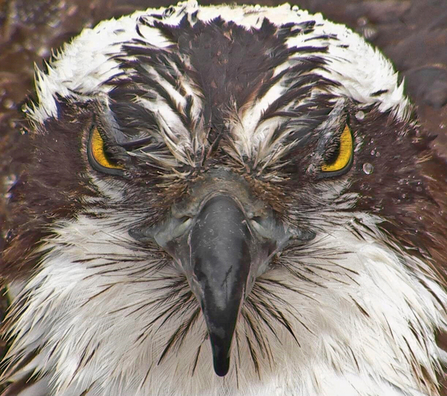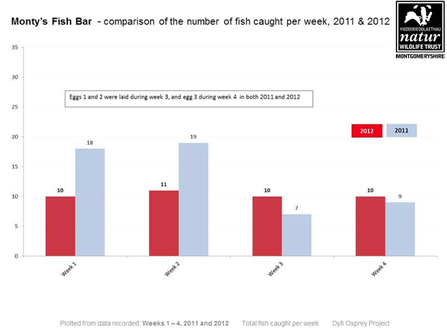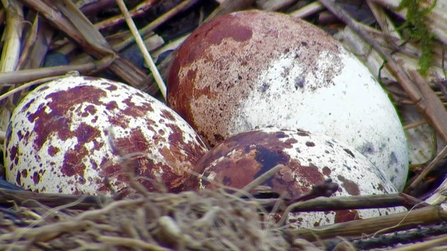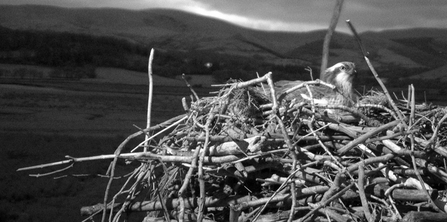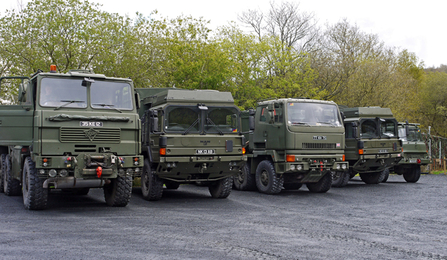April was the wettest month since records began in the UK, it's official. Mid Wales has had her fair share of rain, hail, sleet and even snow. We've had strong winds too, on Sunday it was gusting to over 50mph.
Nora did not look too impressed incubating her eggs in the howling wind and rain on Sunday afternoon

